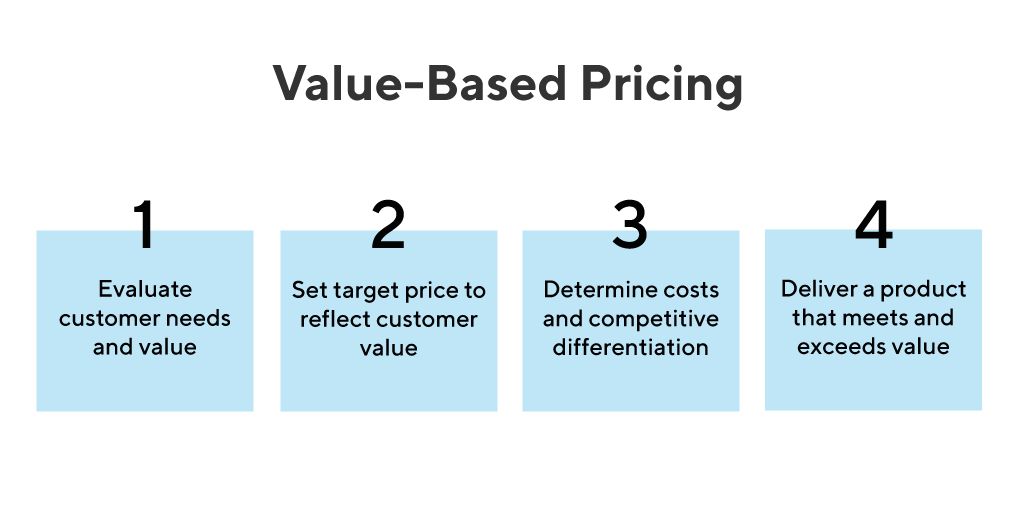
Setting a product price requires research, math, and testing with customers. This article will provide the basic knowledge needed to price your products.
Product pricing is determining the amount customers will pay for a product. It’s a balance of covering costs, ensuring profitability, and aligning with market expectations.
Terms to know:
– Cost of Goods Sold (COGS): The total cost of producing your product, including materials and labor.
– Operating expenses: The day-to-day costs a business incurs to run its operations, excluding direct production costs.
– Fixed costs: Costs that remain constant regardless of the volume of goods produced or sold, such as rent or salaries.
– Variable costs: Costs that change proportionately to the volume of goods produced or sold, like raw materials or production labor.
– Profit margin: The percentage of total sales revenue that results in profit after deducting all expenses.
4 steps to set a product price:
1. Evaluate your costs:
How much does it cost to make your product? This is your cost of goods sold (COGS) and includes materials and labor costs.
Additional costs to consider:
– Insurance
– Equipment leases or rentals
– Marketing and advertising
– Utilities
– Salaries
Note: COGS and operating expenses are tracked separately in your income statement.
2. Determine your desired profit margin:
Consider how much profit you hope to make to arrive at a starting price. This is a percentage you add on top of the production costs. Factors to consider:
– External factors: Competitor prices, customer perception, taxes, tariffs, and seasonal fluctuations.
– Market conditions: As a new business, you may need to operate at a lower margin to gain traction.
Price = Variable cost per product / (1 – profit margin)
Don’t forget your fixed costs:
To bring fixed costs into your pricing exploration, consider how much you’ll need to sell to break even.
Units sold = Fixed costs / (Price per unit – Variable costs per unit)
3. Consider your customers and competitors:
Compare your price to competitive items in the market. Take into account your competitors’ pricing strategy, customers’ willingness to pay, and your unique selling points. Adjust your price point accordingly. Use the previous calculation to understand how pricing changes impact your break-even point and profitability.
4. Test your price:
Arrive at a few price options and test them with your customers. Adjust the price based on feedback and try again.
For additional guidance on pricing, check out our other resources on pricing strategies, pricing services, and mistakes to avoid when setting prices.
Hello!
I’m Andrew Brooks, a seasoned finance consultant from the USA and the mind behind phonenumber247.com.
My career is built on a foundation of helping individuals and businesses thrive financially in an ever-changing economic landscape. At phonenumber247.com, my aim is to demystify the complex world of finance, providing clear, actionable advice that can help you navigate your financial journey with confidence. Whether it’s personal finance management, investment strategies, or understanding the nuances of market dynamics, I’m here to share insights and tools that can propel you towards your financial goals.
Welcome to my digital space, where every piece of advice is a step closer to financial clarity and success!
